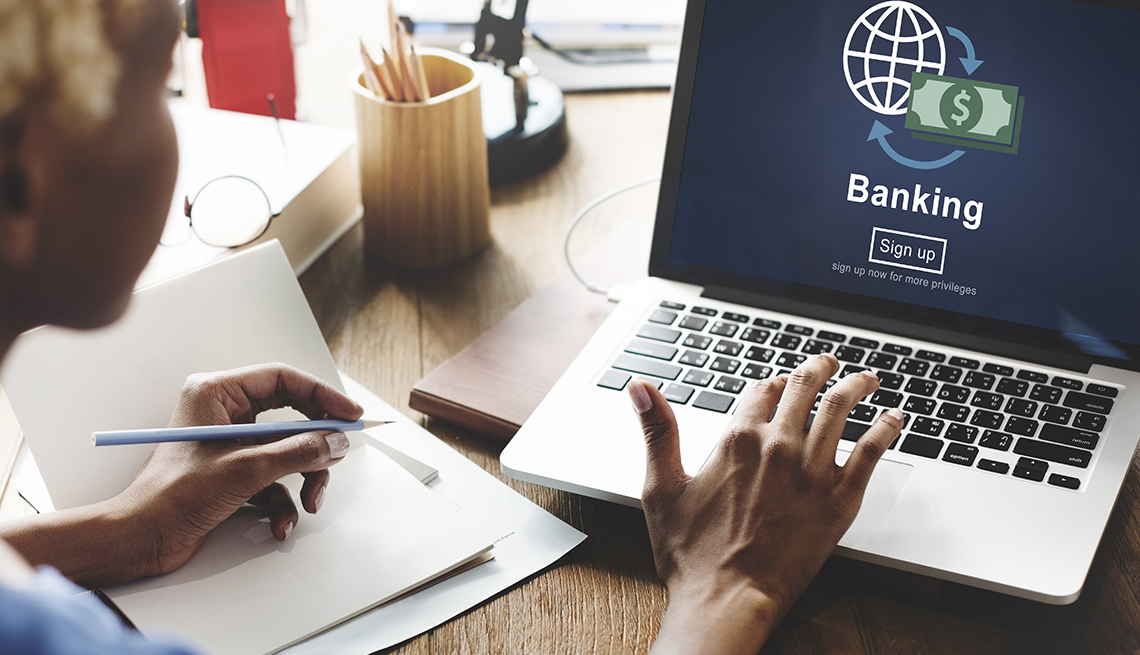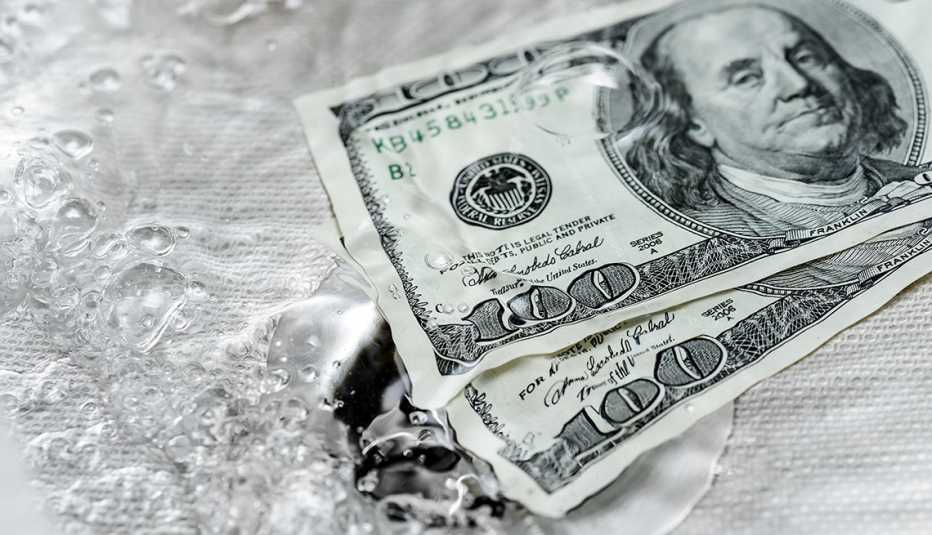Staying Fit
One of the foundations of financial planning is having an emergency fund — enough money to cover a new set of tires, a root canal or a period of unemployment without going into debt. To create an emergency fund, you'll need a low-cost savings account, preferably one that will help you save automatically. Unfortunately, a survey by the Consumer Federation of America (CFA) found that relatively few of the nation's largest banks offer them.
Many Americans live on the financial edge: A 2019 analysis of data by the AARP Public Policy Institute found that 53 percent of households had no emergency savings account. A 2019 report from the Federal Reserve found that 4 in 10 people couldn't pay an unexpected $400 expense with cash, savings or a credit card charge that could be quickly paid off.


AARP Membership— $12 for your first year when you sign up for Automatic Renewal
Get instant access to members-only products and hundreds of discounts, a free second membership, and a subscription to AARP the Magazine.
Furthermore, those in low- and moderate-income households often see big income swings during the year, meaning that sometimes even routine expenses can be hard to afford without savings to fall back on.
About 29 percent of people who do have an emergency fund keep it in cash hidden at home. While that's good for late-night emergencies, a wad of cash in a coffee can is easy to steal — or to lose in a disaster, such as a fire or tornado.
Take control of unexpected expenses with our free planning tool, the AARP Money Map.
For most people, the best place for an emergency fund is a no-fee or low-fee bank account with no withdrawal penalties. The account is insured by the federal government, and you can make withdrawals in person or via an automated teller machine. Keeping an emergency fund at a bank can have an added advantage: The bank can move money to the emergency fund automatically at regular intervals and help you build a cash stash.
Although wealthier families tend to use these accounts, those with less income tend not to. One reason is the fees: Keeping $300 in a bank account could mean paying $48 to $72 a year, while earning trivial amounts of offsetting interest income. And some accounts want $2,500 or more as an initial deposit.



































































